Fraudulent Income from Forged Challans is Taxable Even if Fully Recovered by Govt in Subsequent Years | ITAT
- Blog|News|Income Tax|
- 3 Min Read
- By Taxmann
- |
- Last Updated on 10 January, 2025
Case Details: Mukesh Rasiklal Shah vs. ACIT - [2025] 170 taxmann.com 122 (Ahmedabad-Trib.)
Judiciary and Counsel Details
- Dr. B.R.R. Kumar, Vice-President & T.R. Senthil Kumar, Judicial Member
-
Mukesh R. Shah, Party in person for the Appellant.
-
Karun Kant Ojha, CIT-DR for the Respondent.
Facts of the Case
Assessee, a chartered accountant, obtained refunds from the income tax department by producing forged challans. After the search and seizure operation, the Assessing Officer (AO) added such forged amount to the respective assessment years in which the assessee obtained fraudulent refunds contending that the assessee had defrauded the Govt. of India to the extent of the said amount by entering into illegal activity of encashment of refunds based on fraudulent challans.
The assessee contended that the government of India had fully recovered the alleged misappropriation of income tax refunds or money receipts. Hence, it did not constitute income chargeable to tax.
On appeal, CIT(A) confirmed the additions made by AO and the matter reached before the Ahmedabad Tribunal.
ITAT Held
The Tribunal held that the case presented a peculiar situation where the income, accrued fraudulently by the assessee, was parked in the accounts of his family’s HUF and further leveraged for economic benefits, such as investments and financial gains. The assessee had accepted engaging in the fraudulent activity, which resulted in tangible control and dominion over the funds. This conduct, coupled with the economic benefits derived from the tainted money, reinforces the principle that such income must be attributed to the assessee for tax purposes. While the taxability of the economic benefits derived from such fraudulent income is beyond the current scope, the fact that the assessee leveraged these funds for personal gains adds weight to the case for taxing the income in the year of accrual. This aligns with the established principle that income, once accrued or received, irrespective of its legality, must be taxed under the Income-tax Act, 1961.
It is an undisputable fact that the assessee has admitted to fraudulently earning income and parking the same in the accounts operated by him. The deliberate act of parking funds in the accounts he operates does not absolve the assessee of the taxability of such income. The assessee had dominion over the funds and utilized them for economic gains, including investments. This clearly establishes that the income accrued to the assessee, making it taxable in his hands. The principle that tainted or illegal income is taxable has been well established in law. The illegality of the source does not absolve the recipient from tax liability.
Further, Section 2(24) is an inclusive definition and does not differentiate between the legality or illegality of earning income. The income tax department does not condone the illegal activity of claiming fraudulent income from the government’s exchequer by subjecting the amount to tax as per the statute. The taxation of the illegal amounts earned as per the rates provided in the income-tax statute cannot be deemed to have given the assessee the right to usurp or enjoy the remaining illegal amounts.
Taxability arises at the point of accrual or receipt. Even if the income is later restituted or recovered, its taxability remains unaffected for the year of accrual. Subsequent adjustments do not negate the taxability for the original period, for the matter, generation, recovery and restitution are separate transactions. Thus, restitution or recovery is treated independently for taxation purposes. Taxability remains intact for the year of accrual, and recovery does not create a retroactive exemption.
Therefore, the additions made by AO were to be confirmed.
List of Cases Reviewed
- CIT v. Sitaldas Tirathdas [1961] 41 ITR 367 (SC)
- CIT v. Piara Singh [1980] 124 ITR 40 (SC)
- Chandrika Prasad Ram Swarup v. CIT [1939] 7 ITR 269 (All.) (para 14)
- CIT v. Shoorji Vallabhdas & Co. [1962] 46 ITR 144 (SC)
- CIT v. S.C. Kothari [1971] 82 ITR 794 (SC) (para 15)
- A. Raman & Co. v. CIT [(1968) AIR 49 (SC) (para 16) followed.
List of Cases Referred to
- Dr. T.A. Quereshi v. CIT [2006] 157 Taxman 514/287 ITR 547 (SC) (para 7)
- CIT v. Sitaldas Tirathdas [1961] 41 ITR 367 (SC) (para 14)
- CIT v. Piara Singh [1980] 3 Taxman 67/124 ITR 40 (SC) (para 14)
- Chandrika Prasad Ram Swarup v. CIT [1939] 7 ITR 269 (Allahabad) (para 14)
- CIT v. Shoorji Vallabhdas & Co. [1962] 46 ITR 144 (SC) (para 15)
- CIT v. S.C. Kothari [1971] 82 ITR 794 (SC) (para 15)
Disclaimer: The content/information published on the website is only for general information of the user and shall not be construed as legal advice. While the Taxmann has exercised reasonable efforts to ensure the veracity of information/content published, Taxmann shall be under no liability in any manner whatsoever for incorrect information, if any.
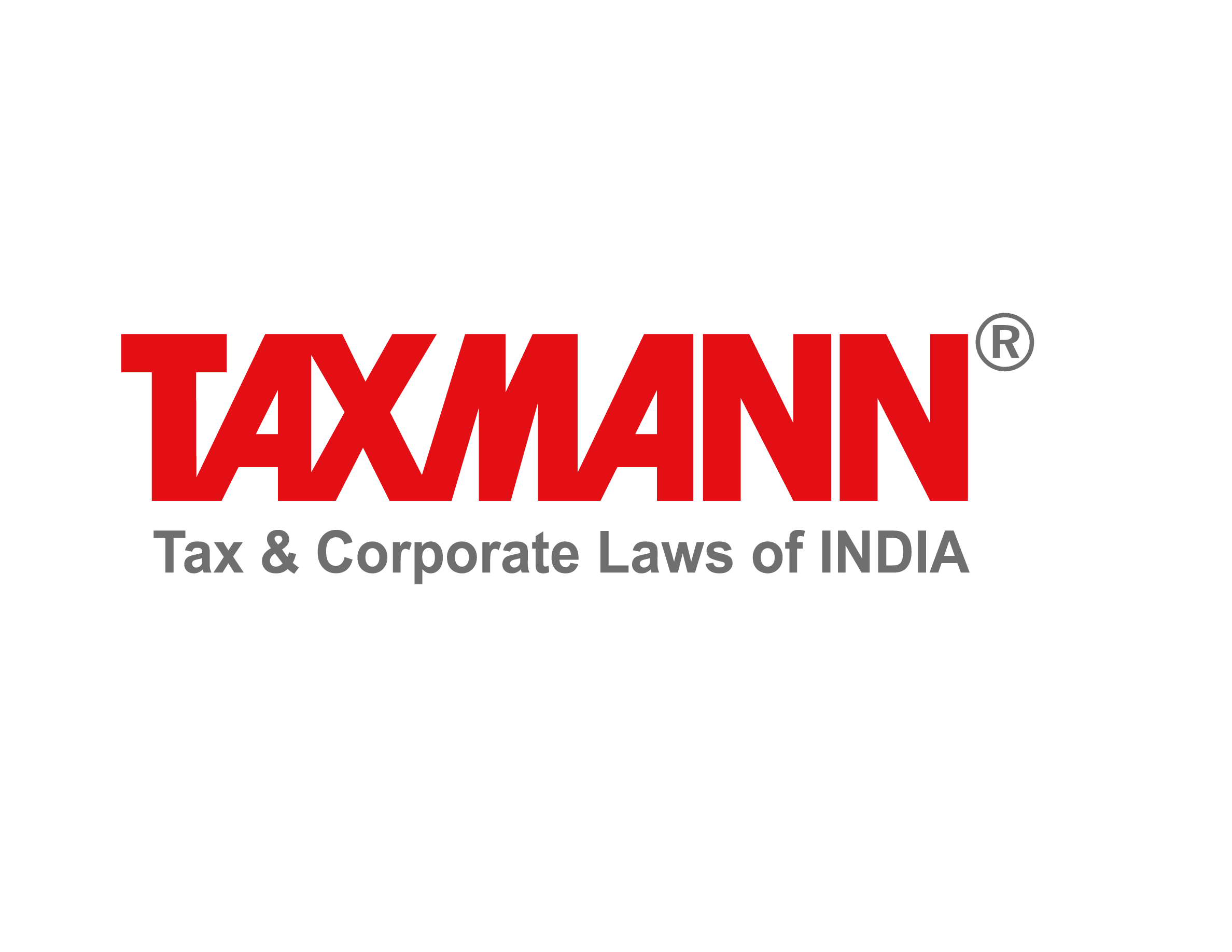
Taxmann Publications has a dedicated in-house Research & Editorial Team. This team consists of a team of Chartered Accountants, Company Secretaries, and Lawyers. This team works under the guidance and supervision of editor-in-chief Mr Rakesh Bhargava.
The Research and Editorial Team is responsible for developing reliable and accurate content for the readers. The team follows the six-sigma approach to achieve the benchmark of zero error in its publications and research platforms. The team ensures that the following publication guidelines are thoroughly followed while developing the content:
- The statutory material is obtained only from the authorized and reliable sources
- All the latest developments in the judicial and legislative fields are covered
- Prepare the analytical write-ups on current, controversial, and important issues to help the readers to understand the concept and its implications
- Every content published by Taxmann is complete, accurate and lucid
- All evidence-based statements are supported with proper reference to Section, Circular No., Notification No. or citations
- The golden rules of grammar, style and consistency are thoroughly followed
- Font and size that’s easy to read and remain consistent across all imprint and digital publications are applied
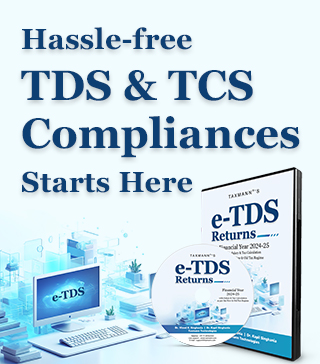
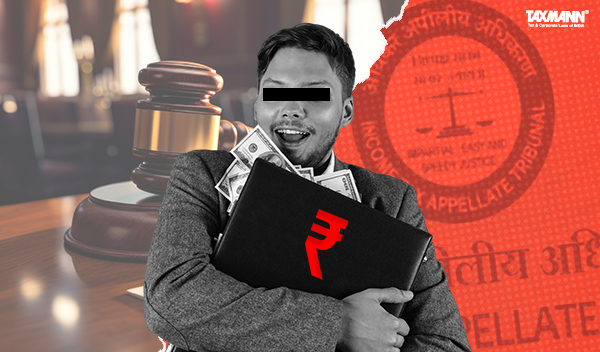
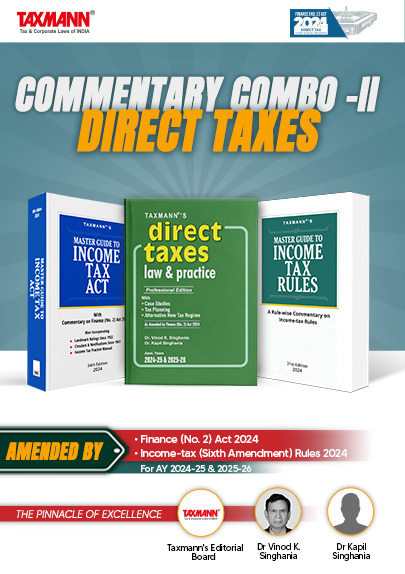
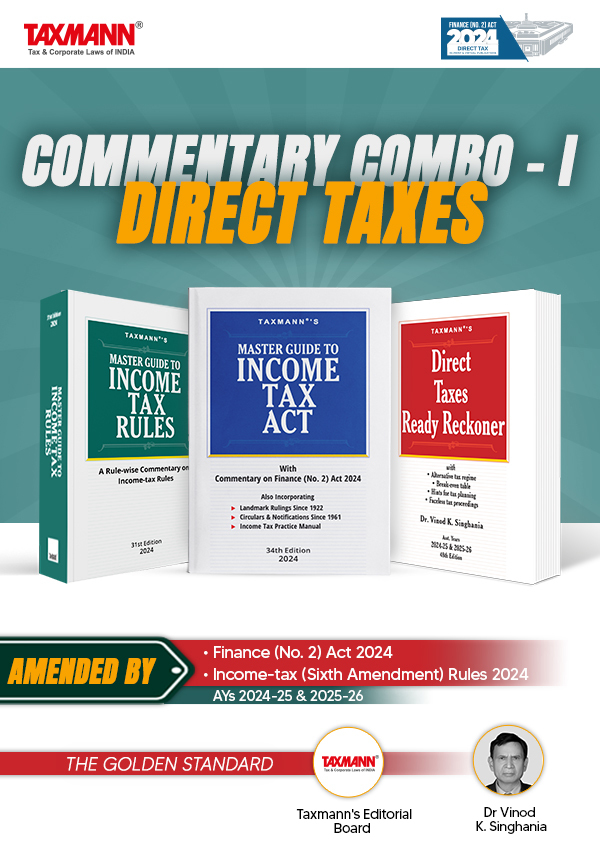
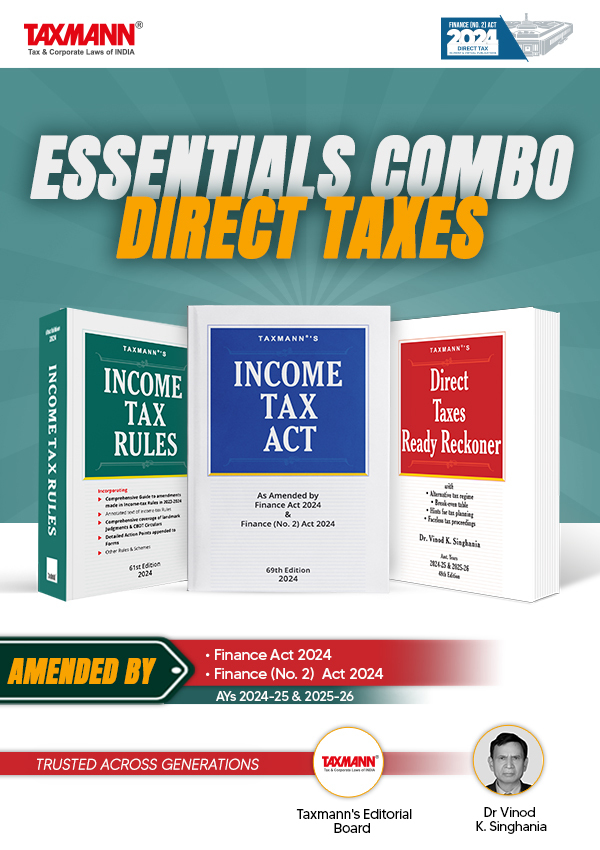
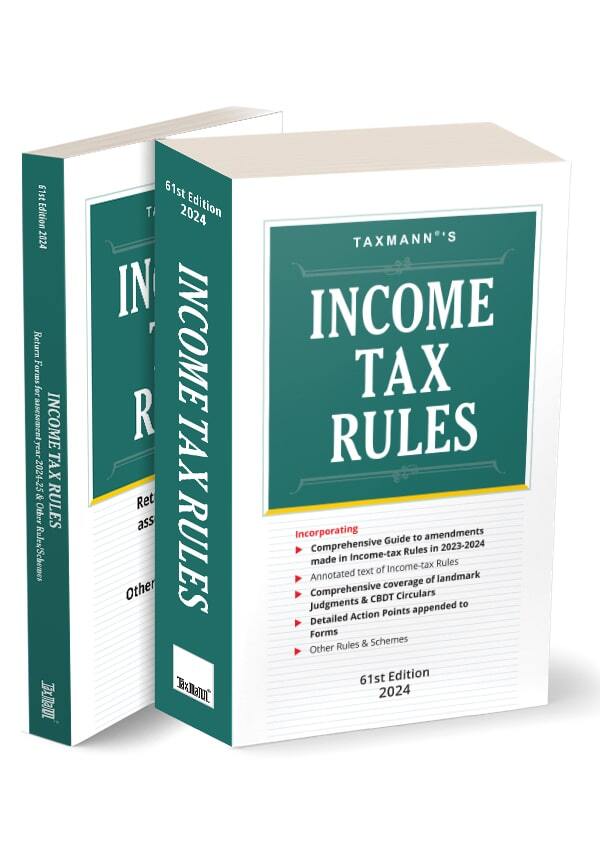


 CA | CS | CMA
CA | CS | CMA


